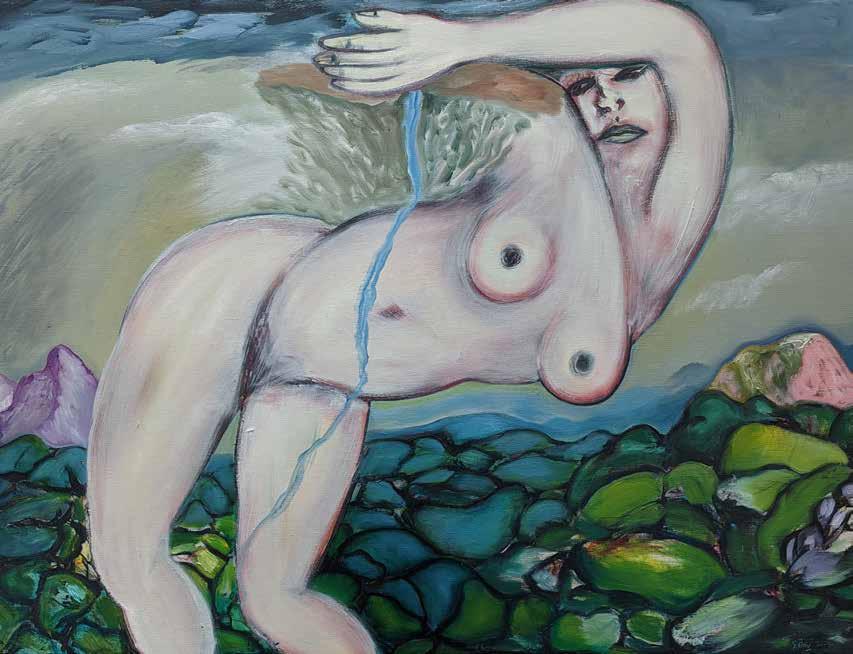
1 minute read
THE ÞORRABLÓT: Iceland’s Curious Cuisine

By Elías Þórsson
Advertisement
Around January 20 begins the old Nordic month Þorri. During the month Icelanders and people of Icelandic descent around the world gather for a þorrablót—a celebration of Iceland’s more peculiar culinary traditions. Dried cod, fermented shark, and boiled sheep’s heads, to name but a few dishes, might not be to everyone’s liking, but they are an important part of Icelandic history. University of Iceland
Professor Terry Gunnell explains that the þorrablót is not an ancient ritual, but a part of a nation searching for an identity.
“The modern þorrablót traces back to the mid 19th century, which was a time when the independence movement was taking shape,” Gunnell said. “At the time people were attempting to create a national identity that differentiated Icelanders from Danes. The food people would have at a þorrablót harkens back to Iceland’s golden age of the Vikings; the last time Iceland was an independent nation.”
Þorri begins during a time when not much happens. It is the coldest time of the year and Christmas is over. That also ties into the food which, as Gunnell explains, is “basically leftovers of what people had during Christmas.” Some of the milder tasting foods served at a þorrablót are enjoyed yearround. Hangikjöt (hung meat) is smoked and boiled lamb that is often served with mashed turnips at festive occasions. Harðfiskur is wind dried fish jerky that people enjoy as a snack and is often served with butter, and the liver sausage lifrarpylsa goes along great with the blood pudding blóðmör for dinner.
You would be hard pressed, however, to find some of the more exotic dishes in the local supermarket. The best known is the fermented shark or hákarl. World renowned chef Anthony Bourdain once described it as "the single worst, most disgusting, and terrible tasting thing" he had ever had. It has a pungent odor and bitter taste. However, many Icelanders swear that it smells worse than it tastes.













